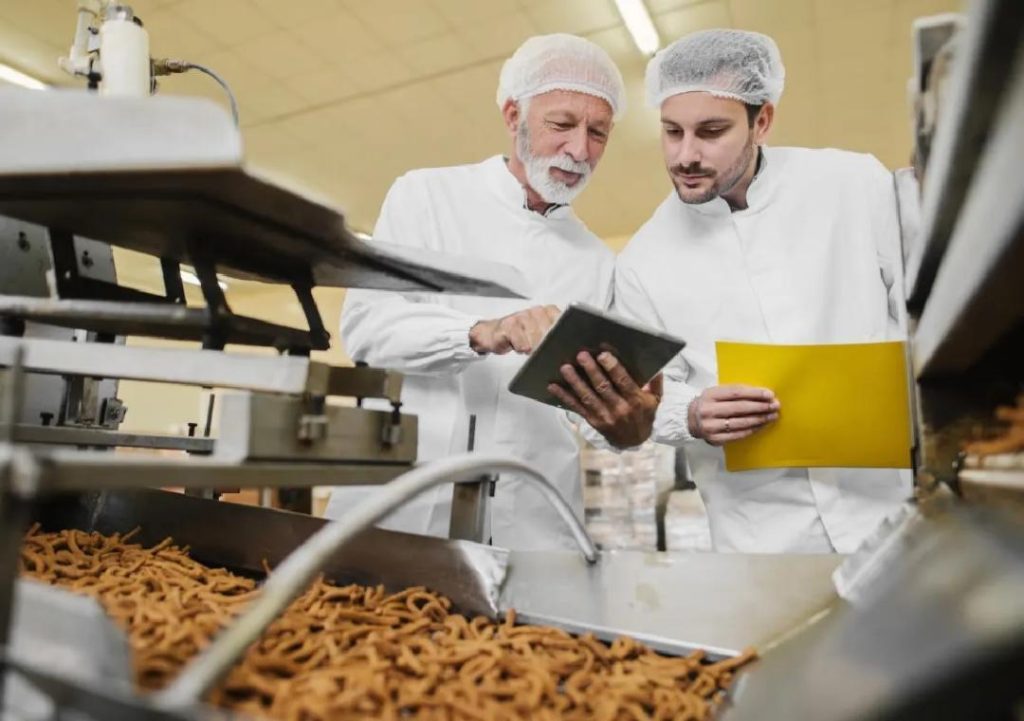
Can P&L Optimisation Redefine Success in Food Technology?
The food technology industry has undergone a significant transformation in recent years, driven by the increasing demand for efficient, cost-effective, and sustainable solutions. One of the key areas where food tech companies are focusing on is profit and loss (P&L) optimisation. By streamlining their P&L operations, these companies are able to cut waste, sharpen demand forecasting, and make better decisions. In this blog post, we’ll explore how P&L optimisation is redefining success in the food technology industry.
The Challenges of P&L Management in Food Tech
Managing P&L operations in the food technology industry can be a complex and challenging task. Food tech companies operate in a highly competitive market, with fluctuating demand, supply chain disruptions, and changing regulatory requirements. Additionally, the industry is characterised by high levels of waste, inefficiencies, and manual processes, which can lead to significant losses if not addressed.
The Importance of P&L Optimisation
P&L optimisation is critical to the success of food tech companies. By streamlining their P&L operations, companies can:
- Cut waste: Food waste is a significant problem in the industry, with an estimated one-third of all food produced globally being lost or wasted. P&L optimisation can help companies reduce waste by identifying areas where inventory is being overproduced or spoiled.
- Sharpen demand forecasting: Accurate demand forecasting is essential in the food technology industry, where fluctuations in demand can have significant consequences. P&L optimisation can help companies better forecast demand, reducing inventory costs and improving supply chain efficiency.
- Support better decisions: P&L optimisation provides companies with real-time data and insights, enabling them to make informed decisions about production, inventory, and pricing.
- Boost margins: By reducing waste, improving demand forecasting, and supporting better decisions, P&L optimisation can help companies boost their margins and improve profitability.
- Ensure sustainable growth: P&L optimisation is critical to ensuring sustainable growth in the food technology industry. By streamlining operations and reducing waste, companies can scale their businesses while maintaining profitability.
How Food Tech Companies are Optimising P&L Operations
So, how are food tech companies optimising their P&L operations? Here are some key strategies:
- Automation: Automation is transforming P&L operations in the food technology industry. By automating manual processes, companies can reduce errors, improve efficiency, and free up resources for more strategic activities.
- Smart inventory systems: Smart inventory systems are being used to track inventory levels, monitor stock turnover, and identify areas where inventory is being held unnecessarily. This enables companies to make more informed decisions about production and inventory.
- Data analytics: Data analytics is playing a critical role in P&L optimisation in the food technology industry. By analysing data on sales, production, and inventory, companies can identify areas where improvements can be made.
- Scalable models: Scalable models are essential in the food technology industry, where companies need to be able to scale quickly to meet changing demand. P&L optimisation enables companies to scale their operations while maintaining profitability.
Case Study: How [Company Name] Optimised P&L Operations
[Company Name], a leading food technology company, was facing significant challenges with its P&L operations. The company was experiencing high levels of waste, inefficiencies, and manual processes, which were impacting profitability. To address these challenges, [Company Name] implemented a range of P&L optimisation strategies, including automation, smart inventory systems, and data analytics.
The results were impressive. [Company Name] was able to reduce waste by 20%, improve demand forecasting by 15%, and boost margins by 10%. The company also improved its supply chain efficiency, reducing lead times and improving customer satisfaction.
Conclusion
P&L optimisation is critical to the success of food tech companies. By streamlining their P&L operations, companies can cut waste, sharpen demand forecasting, and support better decisions. With the help of automation, smart inventory systems, data analytics, and scalable models, food tech companies can boost margins, ensure sustainable growth, and stay competitive in the industry.
Sources:
https://www.growthjockey.com/blogs/p-and-l-operations-in-food-tech






